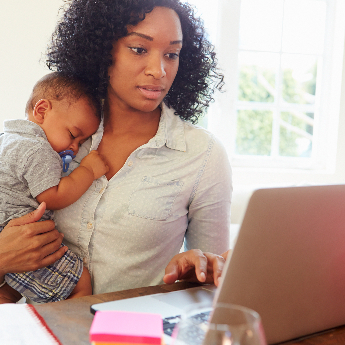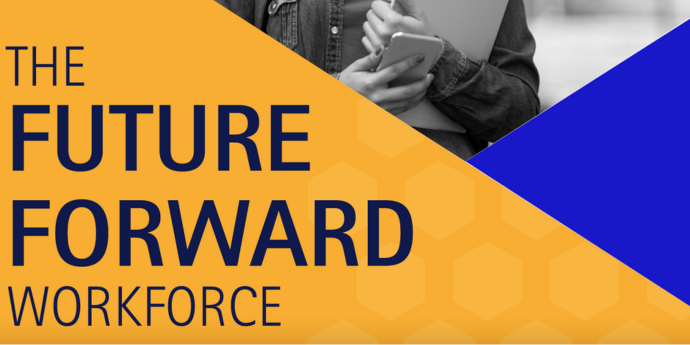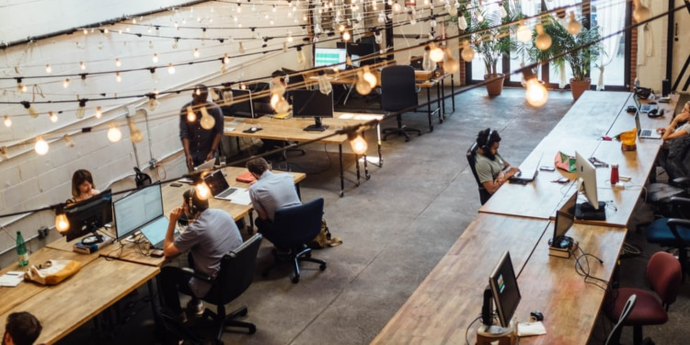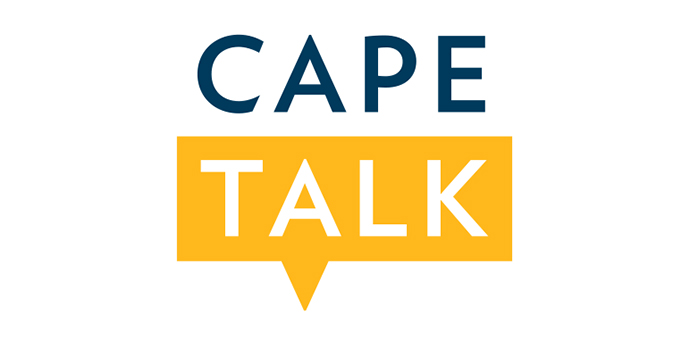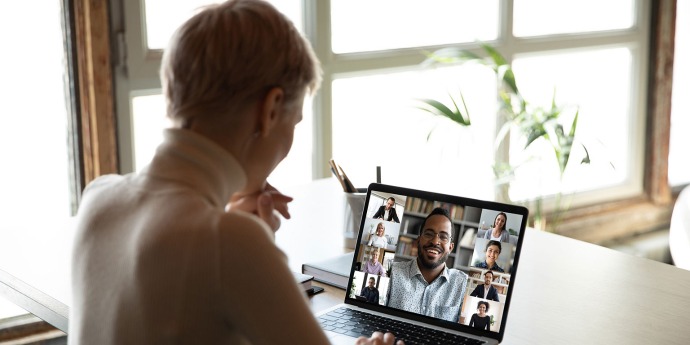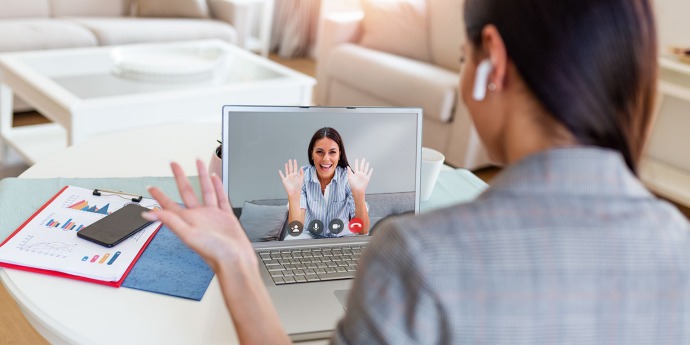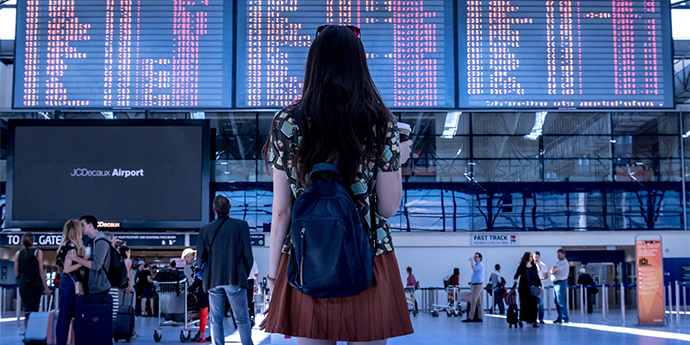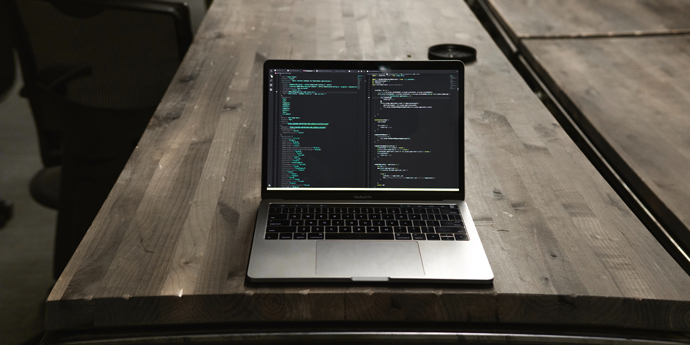Research shows that promoting employee well-being and health can help prevent stress and create positive working environments where individuals and organisations can thrive.
What should companies be doing to ensure that they can manage employee well-being going forward and how has the crisis changed the way we do things?
Kurt April, Allan Gray Chair, Professor, UCT Graduate School of Business
Employees find themselves in unfamiliar home-work situations in which they eat alone, make coffee alone (no coffee-/watercooler conversations with colleagues), have to take breaks alone, and there are no social gatherings like workplace breakfasts or after-work gatherings/drinks where they can share social information or jokes, for example. They are having to resort to online social gatherings — “sharing” a hot chocolate or glass of wine, meals, or playing boardgames while being distant in different locations … all to keep up the necessary social connections and sense of belonging which all humans need. All of the sitting while working at home, snacking and eating more than one normally would throughout the workday, has led to expanded guts, and employees and employers have to find constructive ways to deal with obesity issues — encouraging and insisting on more regular work breaks, making time for stretching, walking, and hydration during meetings and online sessions (including making the formal online workday shorter — and employees can self-manage the rest of their work in their own time) … this requires trust, autonomy and accountability, both ways.
Also, to allay the worries many employees have about the sustainability of their finances and their need to hold onto jobs, coupled with being told by employers to be more agile and learn new skills to keep their jobs or change role/jobs, employers are needing to compassionately and patiently guide employees through these transitions, and provide mentoring around personal finance management. Individuals are having to learn new time- and boundary management routines while working from home — for instance, how to properly separate work-, family-, exercise-, recuperation- and hobbies/leisure time by employing time splicing, i.e., dedicating one hour for this, 45 minutes for that, two hours for something else, and so on, all in a day. Working in parallel appears to be the most effective personal strategy, as opposed to working serially, e.g., working on one thing until it is done, then dedicating one’s time to the next, and so on.
Employers are also assisting by pushing their health providers and insurers to monitor employee well-being through personal digital monitoring, providing online engagement activities (e.g., yoga online, fitness classes online, mindfulness sessions, talks & seminars online), instructions on and providing resources for healthy remote work/home-office design (technology, connectivity, sound, lighting, screen management, seating, temperature control), and providing online support for those struggling or feeling overwhelmed (in-house and external counselling services, domestic abuse counselling, suicide and rape hotlines, therapy and general coaching for personal development). Employees are coming to grips with how stress impacts the working of their brains and overall feelings of well-being — and how it relates to making rigorous decisions, choices and how it affects their productivity. Companies, ultimately, need to make work-life balance more compatible with employees’ lives, and in ways that help them both thrive.
Khavitha Singh, Academic Head: Lean Management at Toyota Wessels Institute for Manufacturing Studies; UCT GSB MBA alumna
The COVID 19 pandemic has fundamentally shifted the routines and platforms of most people, both in their personal and professional environments. This has resulted in increased levels of stress and mental fatigue as individuals attempt to juggle a number of priorities and deliverables, that they previously were not responsible for. Routines are no longer the same!
To complicate matters even further, the environment in which this all takes place, unlike before, is not varied. These dynamics often occur in the same space, at the same time, for prolonged periods of time and generally behind a computer screen! The result is that employees feel overwhelmed and anxious, which ultimately has led to varying negative impacts on mental health. Employees miss the randomness of personal face-to-face human connections, as well as the alternative space of engagement to their domestic ones.
With this in mind, companies are encouraged to adopt online, innovative and creative ways to allow employees to connect in safe spaces with colleagues or leaders. Having non-pressurized, frequent, light-hearted, yet reflective emotional connect sessions, that provide a space for vulnerable and personal engagement, will provide a collective relief from the challenges and impacts shared.
Thomas J. Klapsia, Full-time MBA student, UCT GSB
One of my previous supervisors used to say, “You are not paid for the hours you sit in front of the computer. You are paid for critical thinking and providing solutions to our clients.” Going forward I believe more and more companies should recognise that the value of their employees is not the time they spend at a desk, even though this still is a KPI that is measured and ultimately paid for. From my point of view, COVID-19 has accelerated that shift.
With thousands of employees working on their laptops from home, the challenges they face are real and should be catered for by the companies. If certain employees do not need to be available at certain times of the day, then why not let them structure their work as they wish or need? This could mean that employees work in the morning and then again when their children are in bed. Companies must accept that parenting might mean that some employees are not available for more extended periods during the day. This requires either trust or transparency, ideally both.
From my experience, employee well-being also depends on the social element of your working environment. With a remote working force without any immediate colleagues around, companies should seek to institutionalise short and informal but regular check-ins via video-call or phone to prevent employees from feeling isolated and also to increase transparency on the circumstances of its employees. Also, some of the most innovative solutions I have previously worked on were ignited through an informal chatter on the floor where two or three loose strings were connected. So, from a company perspective, you also do not want to lose out on the power of collaboration of your employees.

